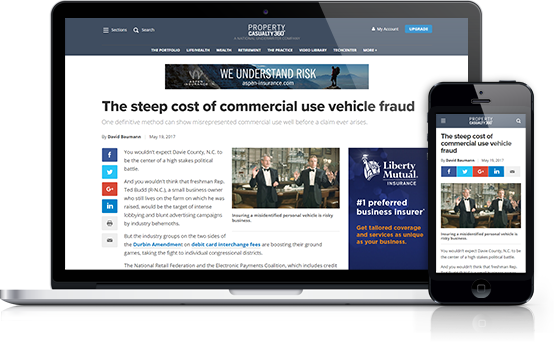7 Steps to unlocking success in insurance M&A
Here's why user-experience integration is key to a successful deal.
Already have an account? Sign In Now
NOT FOR REPRINT
© 2025 ALM Global, LLC, All Rights Reserved. Request academic re-use from www.copyright.com. All other uses, submit a request to asset-and-logo-licensing@alm.com. For more information visit Asset & Logo Licensing.
Here's why user-experience integration is key to a successful deal.
The $5 billion industry is under threat as insurers pull out and the state-created FAIR plan fails to cover growers.
The latest insurance-industry personnel news from Price Forbes, CRC Group, FM and more.
White Paper
Sponsored by Vortex Weather Insurance
Parametric Hurricane Insurance: A Strategic Solution for Agents and Brokers
Hurricane-related financial risks can leave businesses vulnerable due to gaps found in traditional insurance policies. Parametric hurricane insurance provides a proactive solution for your clients to recover from hurricane-related financial losses quickly. Learn how this innovative coverage model offers transparent payouts based on measurable storm conditions--helping your clients bridge critical financial gaps when they need it most.
White Paper
Sponsored by Vortex Weather Insurance
Hourly Rain Insurance: A Strategic Solution for Agents and Brokers
Rain-related business disruptions can be costly for your clients. Parametric hourly rain insurance offers a proactive approach to mitigate financial losses from weather conditions. This data-driven solution delivers fast, automated payouts when rainfall thresholds are met, ensuring your clients are protected when they need it most.
 Copyright © 2025 ALM Global, LLC. All Rights Reserved.
Copyright © 2025 ALM Global, LLC. All Rights Reserved.


